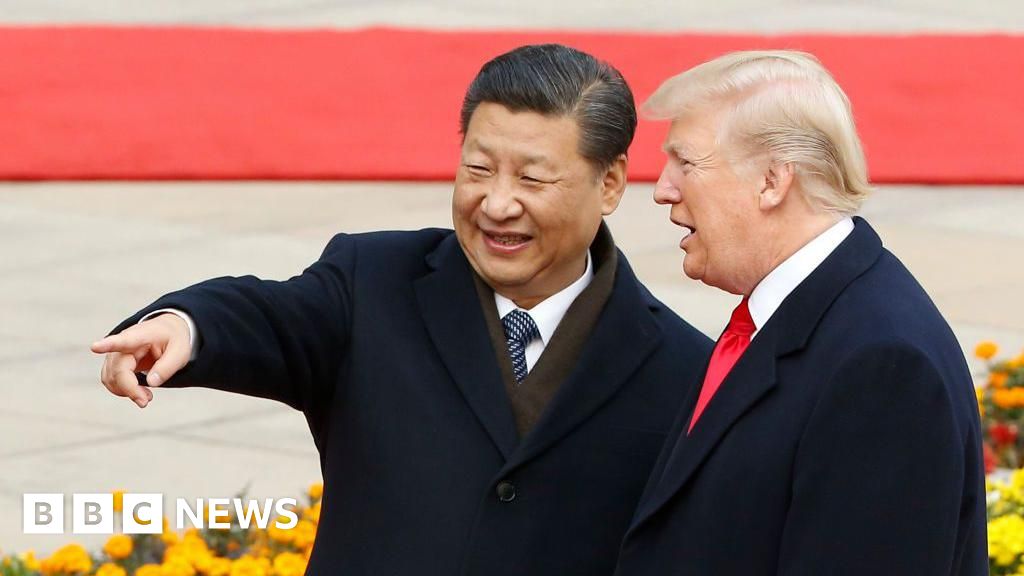Now available in 122 countries and 17 languages, HRM delivers faster, more seamless customer support across borders
Samsung Electronics Co., Ltd is expanding it Home Appliances Remote Management (HRM) service globally, enhancing the remote diagnostic and troubleshooting experience for smart appliances users around the world. The service is now active across 122 countries including Canada with support for 17 languages, enabling seamless support for a wide global customer base.
HRM is a service that connects SmartThings-connected appliances to Samsung’s service network, maintaining a continuous record of device conditions and enabling real-time monitoring through the service center.
“Samsung’s HRM service exemplifies our commitment to proactive, smart customer care,” said Miyoung Yoo, EVP and Head of Global Customer Satisfaction Team, Digital Appliance (DA) Business at Samsung Electronics. “Thanks to the combination of seamless connectivity and real-time insights, this service helps to reduce complexity for our customers, ultimately enhancing their overall satisfaction.”
Enhancing Service for Screen Appliances
In line with the expansion of screen-equipped appliances like Bespoke refrigerators and washing machines, Samsung has also introduced a screen-sharing feature to enhance diagnostic capabilities. For various screens of 7”, 9”, and Family Hubs, its users can share their device screens in real time with service centre advisors, allowing diagnosis of display-related issues, app malfunctions or multimedia playback problems.
Immediate Solutions and Reduced Service Visits through Remote Assistance
Samsung’s HRM service improves a new avenue for customer care by enabling real-time remote solutions for simple product issues that previously required in-home technician visits. For instance, for a customer that reported that the washing machine’s buttons were not responding, the advisor was able to diagnose through the HRM system that the Child Lock setting was active. With simple guidance on how to disable the setting, the problem was solved instantly without a technician’s visit. In another case where a customer reported condensation on the refrigerator door, with user consent, the advisor was able to remotely turn on the internal heater, which effectively eliminated the moisture.
In cases when an on-site visit is ultimately necessary, HRM improves the experience by allowing technicians to review detailed diagnostic data in advance. They are able to arrive at the site prepared, potentially reducing repeat visits and repair times.
Growing Adoption and User Satisfaction
With the continued expansion of customer support solutions like HRM, Samsung is realizing convenient and efficient ways to care for home appliances – reducing downtime, enhancing the user experience and setting new standards for global service. As HRM reaches more countries, languages and product categories, Samsung remains committed to delivering smarter, more connected care for the homes of the future.








